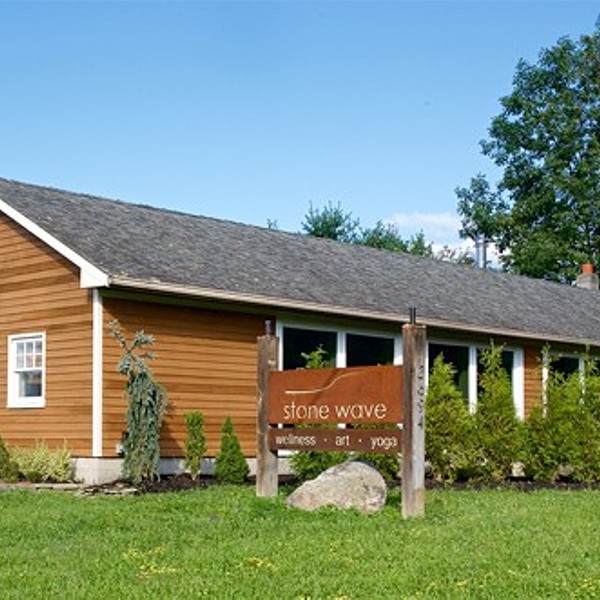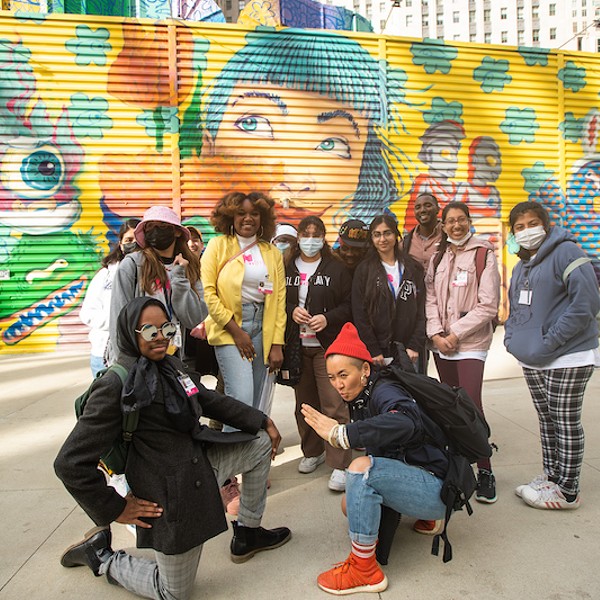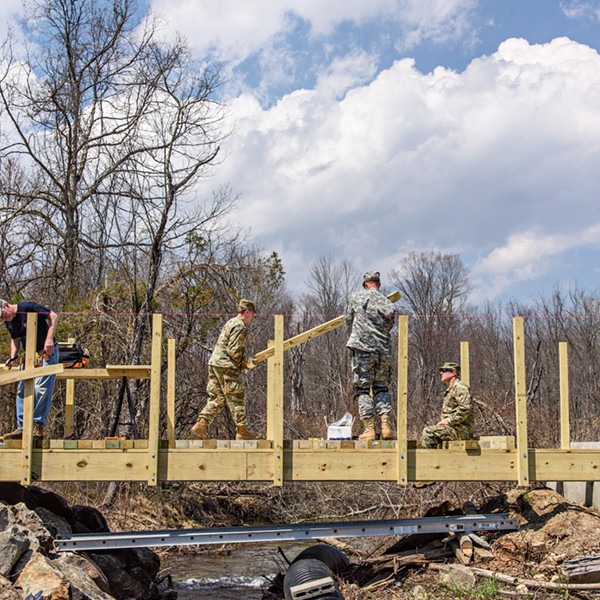One Saturday Carol Sprague had the unfortunate mishap of tripping over an item in her house, and coming down hard. When she put out a hand to break her fall, a sudden pain unlike anything she’d ever experienced seared through her shoulder. Something was definitely wrong. After a few minutes of steeling her will to get up in spite of the pain, she went to the phone and called a neighbor for help. Fortunately, there was a walk-in emergency medical facility, EmUrgentCare, just a few minutes away in West Coxsackie.
“Everybody around here says that’s where you go if you get hurt,” Sprague recounts. “When I got there, I gave them my insurance card, answered some questions, and waited maybe 20 minutes. Then I had an exam and x-rays. They found that I had dislocated my shoulder, and had a hairline fracture of the greater tuberosity [a knob for muscle attachment] of the humerus.” The doctor was able to put the shoulder back in alignment, fit her with a sling, and give her a referral for a primary care physician (she was new to the area). “Then I went home and took some Advil,” she says. In the following days Sprague visited the primary care physician and an orthopedic surgeon; the injury gradually healed with patience, care, and physical therapy.
Sprague was glad she didn’t have to travel to the nearest medical facility, in Albany, at the time of the accident. “You need someplace to go that’s not a million miles away,” she says. “I suppose I could have called an ambulance, but I didn’t want to do that. And not everybody has an emergency that needs an ambulance. EmUrgentCare did an excellent job. I have no complaints. And they’re very nice people,” she says of physicians Stephen Hassett and Alison Spear. “They sponsor a lot of things in the area. They are very giving to the community.”
Urgent-Care Centers Emerge
Walk-in medical facilities known as urgent-care centers have been around a long time. First emerging in the US in the late 1970s, the nascent sector of medical services grew slowly at first, and even experienced a backslide in the early 1990s. But the concept took hold again and rallied, and today, there are thousands of centers spread across all but a few states. About half of them are in retail shopping centers; most others are freestanding buildings; a few are in hospitals. Some are multioffice chains, others are single businesses. Many are started by experienced physicians seeking a respite from years of a demanding family practice or the intense schedule of the hospital emergency room.
“Our overall goal is to create a one-stop shop for most minor illness and injuries—whether injured at work, home, or play,” says Todd Martin, executive vice president of Emergency One, which has a facility in Kingston and another in Hyde Park. Emergency One was founded by Dr. Ferdinand Anderson, an emergency room doctor who has served as medical director and chairman of the emergency departments at The Kingston Hospital, Ellenville Hospital, Margaretville Hospital, and Benedictine Hospital. “Our providers are board certified in either emergency medicine, internal medicine, or family practice,” says Martin, “and all of them have previous emergency room or urgent-care experience.”
That makes the center ready and equipped for just about any medical challenge. “We differentiate our services from the emergency room this way: If it’s a matter of life or [losing a] limb, to go the emergency room; otherwise, come to us.”
Vital Stats on the Urgent-Care Model
If you haven’t heard of urgent-care centers, and many people haven’t, here are some reassuring statistics compiled by the National Association for Ambulatory Care (NAAC) about urgent-care centers across the nation:
• 100 percent of centers are licensed to practice medicine by the state in which they are located.
• 97 percent of centers have a fulltime staff of physician(s) and other medical personnel.
• Urgent-care physicians must be licensed to practice medicine, just as other practicing doctors are.
• Nonphysician medical staff include licensed RNs, LPNs, medical assistants, lab technologists, x-ray technologists, physical therapists, and others.
• 95 percent of centers are open seven days each week, typically for 12-14 hours a day.
The American Medical Association has given its nod to the urgent care sector by establishing a code for physicians to self-designate their specialty as “urgent-care medicine,” and a new postgraduate curriculum in urgent care is offered for MDs through collaborations of two medical schools (Case Western Reserve University and the University of Illinois) and practicing urgent care physicians. Professional organizations support the sector: most prominent are the NAAC, birthed in 1973, and the Urgent Care Association of America (UCAA), which together sponsor online networks, accreditation, national conferences, online and printed versions of newsletters and the Journal of Urgent Care Medicine, and more. Clearly, this is a robust arena of medicine that is here to stay.
















